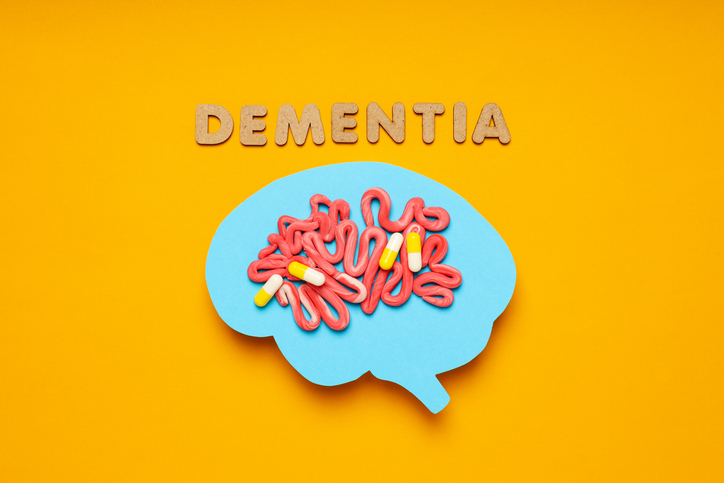
Increased physical activity may impede the cognitive decline and neurodegeneration of Alzheimer’s Disease, according to a study published in JAMA Neurology.
In this longitudinal observational study, researchers recruited 182 (56% female, mean age, 73) clinically normal older adults from the Harvard Aging Brain Study (HABS) study. All participants underwent a battery of medical and neurological assessments while being screened for major medical, psychiatric, or neurological disorders as well as recent history of alcohol or drug abuse. At baseline, all participants had a global Clinical Dementia Rating score of 0, a Geriatric Depression Scale score of less than 11, and a Mini-Mental State Examination score of 27 or greater with adjustment for education level.
The population of interest were required to have baseline Aβ positron emission tomography (PET) imaging, baseline physical activity data, at least two cognitive and MRI data points, and the necessary demographic and medical information to measure a collation of vascular risk. The researchers evaluated physical activity at baseline using a waistband-mounted pedometer with the p average steps per day used as the primary measure of daily physical activity. Participants were excluded from this study if they had an Hachinski ischemic score greater than four, a history of stroke with residual deficits, and any indication of cortical infarcts or strategically placed cerebral infarcts.
The ’Striking’ Benefits of Physical Activity
The study results suggest physical activity efficacy in models examining PACC decline and volume loss, there was a notably correlation between physical activity with Aβ burden, such that greater physical activity was linked to slower Aβ-related cognitive decline (β, 0.03; 95% CI, 0.02-0.05; P < .001) and volume loss (β, 482.07; 95% CI, 189.40-774.74; P = .002). Moreover, when adjusting for vascular risk did not alter these associations. In these models, lower vascular risk was independently associated with slower Aβ-related PACC decline (β, −0.04; 95% CI, −0.06 to −0.02; P < .001) and volume loss (β, −483.41; 95% CI, −855.63 to −111.20; P = .01).
Important study: good evidence that high levels of physical activity (>8300steps/day) protects cognition in elderly when Alzheimer’s changes present in brain. https://t.co/yh14jLZvLg pic.twitter.com/wsoXHBqOCS
— Richard Edwards (@PaedNeurosurg) July 17, 2019
“One of the most striking findings from our study was that greater physical activity not only appeared to have positive effects on slowing cognitive decline, but also on slowing the rate of brain tissue loss over time in normal people who had high levels of amyloid plaque in the brain,” says Jasmeer Chhatwal, MD, PhD of the MGH Department of Neurology, and corresponding author of the study in a press release.
Co-author Reisa Sperling, MD, director of the Center for Alzheimer’s Research and Treatment, Brigham and Women’s Hospital and Massachusetts General Hospital and co-principal investigator of the HABS study continued by stating the “beneficial effects were seen at even modest levels of physical activity, but were most prominent at around 8,900 steps, which is only slightly less than the 10,000 many of us strive to achieve daily.”
"Greater physical activity and lower vascular risk independently attenuated the negative association of Aβ burden with cognitive decline and neurodegeneration in asymptomatic individuals" https://t.co/GOJTLS7Mqi
— Liam Johnson (@liamgjohnson) July 17, 2019
Associations of Physical Activity and β-Amyloid With Longitudinal Cognition and Neurodegeneration in Clinically Normal Older Adults | Cardiology | JAMA Neurology | JAMA Network https://t.co/2chysjWBxY
— Gudrun Nilsen (@GudrunNilsen) July 17, 2019
Source: JAMA Neurology, EurekAlert







 © 2025 Mashup Media, LLC, a Formedics Property. All Rights Reserved.
© 2025 Mashup Media, LLC, a Formedics Property. All Rights Reserved.